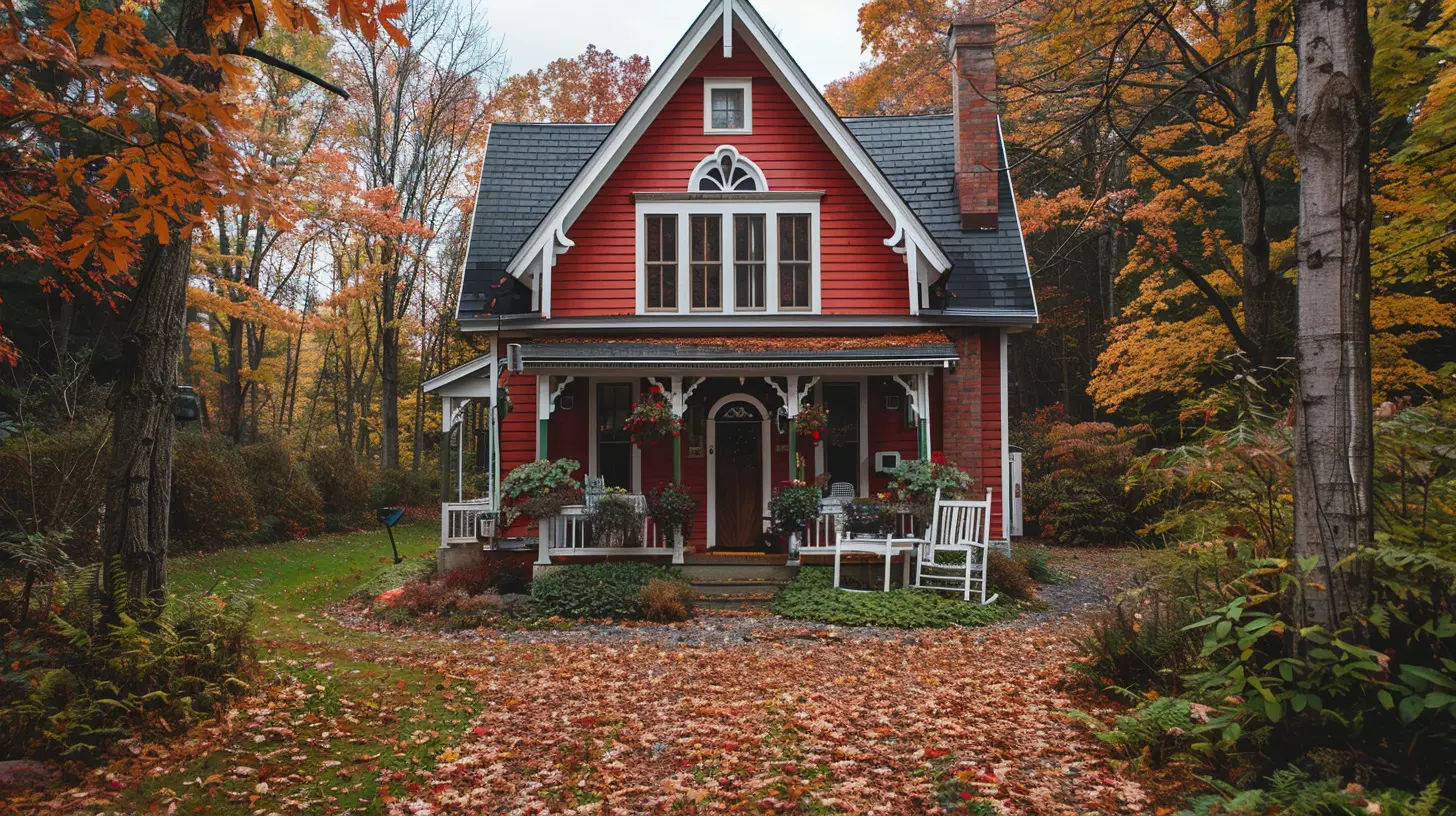19 March 2025
When you're on the hunt for a new home, it's easy to get caught up in the excitement. Maybe the place has the open-concept kitchen of your dreams or a backyard big enough for summer BBQs. But before you start mentally picking out furniture, keep an eye out for warning signs that could turn your dream home into a money pit.
Not every issue is a dealbreaker, but some red flags should make you pause and think twice. Let’s dive into what you need to watch for when touring a property.

1. Foundation Issues: The Silent Nightmare
A house is only as strong as its foundation. If it’s crumbling, cracked, or shifting, you could be looking at thousands of dollars in repairs.What to look for:
- Large cracks in the walls or ceilings, especially near doors and windows
- Doors or windows that stick or won’t close properly
- Uneven or sloping floors
- Visible gaps between walls and the floor or ceiling
A few minor cracks are normal due to settling, but anything significant should raise a red flag. If you’re unsure, bring in a professional to inspect it.

2. Water Damage and Mold: Hidden Enemies
Water damage might not always be obvious, but it can lead to mold, structural damage, and expensive repairs.Check for:
- Stains or discoloration on ceilings, walls, or floors
- Musty odors (a telltale sign of mold)
- Soft or warped flooring
- Peeling paint or wallpaper
- Watermarks around sinks, toilets, or bathtubs
Run your hand along the walls—if they feel damp, you might have a bigger problem than just an old paint job.

3. Roof in Poor Condition: A Costly Repair
Replacing a roof can set you back thousands of dollars, so you want to be sure it's in good shape before signing any paperwork.Signs of trouble:
- Missing, curling, or cracked shingles
- Sagging areas or dips in the roof
- Water stains on ceilings (a possible leak)
- Clogged or broken gutters
If the roof looks like it’s on its last legs, ask how old it is and if there are any recent repairs.

4. Plumbing Problems: Drip, Drip… Disaster
A small leak today could be a flooded basement tomorrow. Plumbing issues are often hidden, but there are ways to spot them.Watch for:
- Slow drains (a possible sign of clogged pipes)
- Rusty or leaky pipes
- Low water pressure
- Running toilets or water stains under sinks
Turn on a faucet and flush a toilet—if the pressure drops dramatically, you may have an issue.
5. Faulty Electrical Work: A Fire Hazard
Older homes, or those with DIY electrical work, can be a ticking time bomb. Faulty wiring increases the risk of electrical fires.Signs to check:
- Flickering or dimming lights
- Burn marks or a burning smell near outlets
- Outdated two-prong outlets instead of modern three-prong ones
- Exposed or frayed wiring
If you spot multiple extension cords running along the baseboards, the house may not have enough outlets. Upgrading electrical systems isn’t cheap, so proceed with caution.
6. Poor Drainage and Grading: Flood Risk Alert
If water doesn’t drain away from the house properly, you could end up with a basement that looks more like a swimming pool.Red flags include:
- Pooling water around the foundation
- Gutters that don’t direct water away from the house
- A yard that slopes toward the home instead of away
These drainage issues can lead to structural damage, mold, and foundation problems.
7. Unpleasant Odors: More Than Just a Bad Smell
A house shouldn't smell like wet dog, rotten eggs, or an abandoned basement. Foul odors can indicate deep-rooted issues.Common culprits:
- Musty smell = Possible mold
- Sewer or rotten egg smell = Plumbing or gas leak
- Strong air fresheners = Could be masking an odor
If something smells off, trust your nose—it’s often picking up on something your eyes can’t see.
8. Inconsistent Heating and Cooling: Comfort Matters
Ever walked into a home where one room feels like Antarctica while another feels like a sauna? Uneven temperatures can indicate HVAC issues.Things to check:
- Listen for unusual noises coming from the furnace or AC
- Check the age of the HVAC system (if it’s over 15 years old, it may need replacing soon)
- Feel the airflow from vents—is it weak or nonexistent?
A faulty HVAC system can make your energy bills skyrocket or leave you sweating in summer and freezing in winter.
9. Pest Infestations: Not-So-Cute Roommates
No one wants to wake up to the sound of rodents scurrying in the walls or cockroaches making themselves at home.Signs of pests:
- Droppings in cupboards or under sinks
- Gnaw marks on wood or wires
- Dead bugs or insect shells in corners
- Strange scratching noises from walls or ceilings
If you suspect an infestation, it’s best to call in a professional before making an offer.
10. Neighborhood Red Flags: Location Matters
Even if the house is perfect, the neighborhood plays a huge role in your long-term happiness.Pay attention to:
- High number of vacant or abandoned houses
- Excessive noise from traffic, trains, or nearby businesses
- Lack of street parking (especially in urban areas)
- Crime rates—check local crime reports before committing
Remember, you can renovate a house, but you can’t change its location.
Final Thoughts
Buying a home is one of the biggest financial decisions you’ll ever make. While some issues are fixable, others can turn into costly nightmares. By keeping an eye out for these red flags, you'll avoid unnecessary headaches and make a smarter investment.When in doubt, bring in a professional home inspector. They’ll catch problems that you might have missed and give you peace of mind before you sign on the dotted line.
Happy house hunting!









Benjamin Nelson
Great insights! Being aware of these red flags can save buyers from potential headaches. It's essential to trust your instincts and ask the right questions. Thoroughly evaluating a property is key to making a confident investment. Keep up the good work!
April 2, 2025 at 11:11 AM